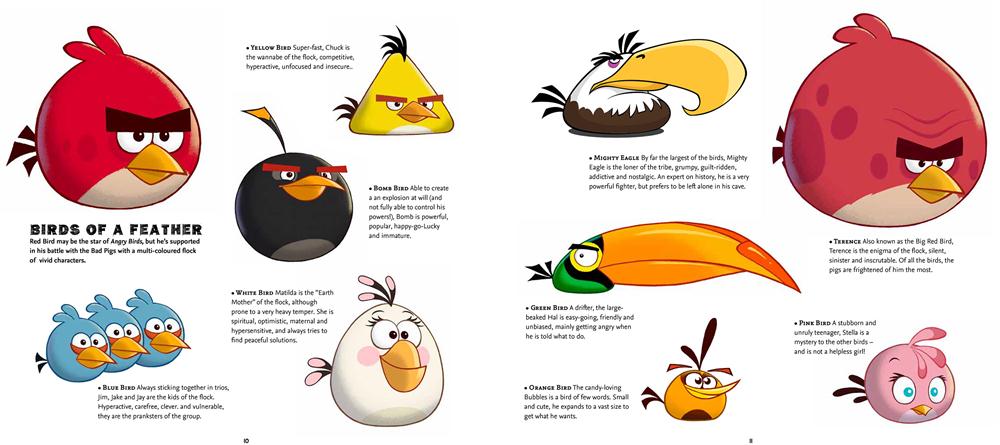Trying to knock down the scaffolding in the picture above is going to be difficult. You have to understand the physics and mechanics of the game. you have to know what tools you are given and how best to use them. The bird in the illustration will drop and “egg” that explodes on impact when you tap your screen, but where should you use it? Some of the scaffolds look precarious. Can you set off a chain reaction that causes each level to collapse?
Modern games have perfected the ‘physics engines’ to the point where we expect them to act like real life. Angry Birds is remarkably close to real life (at least as close as a cartoon birds can be), not in terms of Force = Mass x Acceleration, or any math based physics, but in how the reactions feel to the gamer. The cause and effect of the game make sense and are internally consistent. You know that when you use a yellow bird, it will smash through wood easily. Or when you take out a support beam, the platform will wobble and collapse.

The game will also show you the line that represents the flight from your previous bird, so you can make adjustments to angles, speeds, etc. very quickly. That kind of instant feedback is key to making an immersive experience, but also in helping your recover from the frustration of a bad shot as well. It also helps improve hand to eye (finger to eye?) coordination by allowing you to trace out a good shot, or quickly identify where you could improve.
没有评论:
发表评论